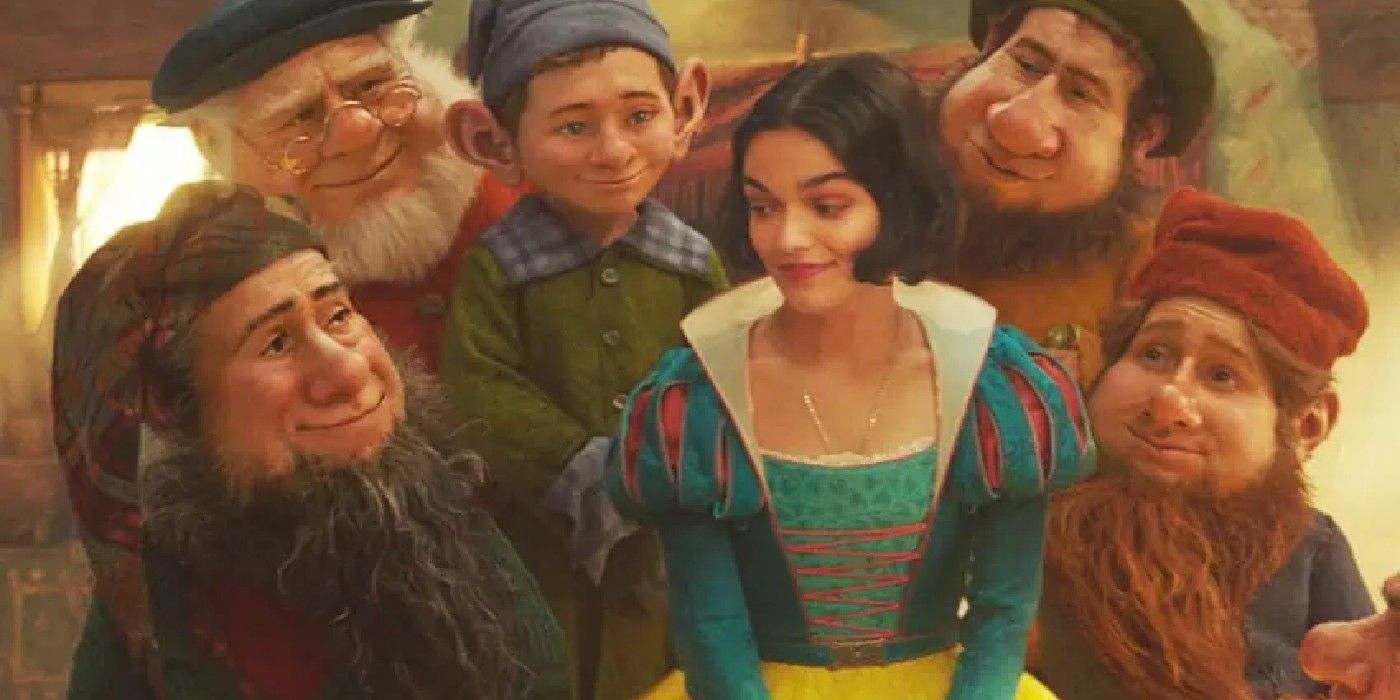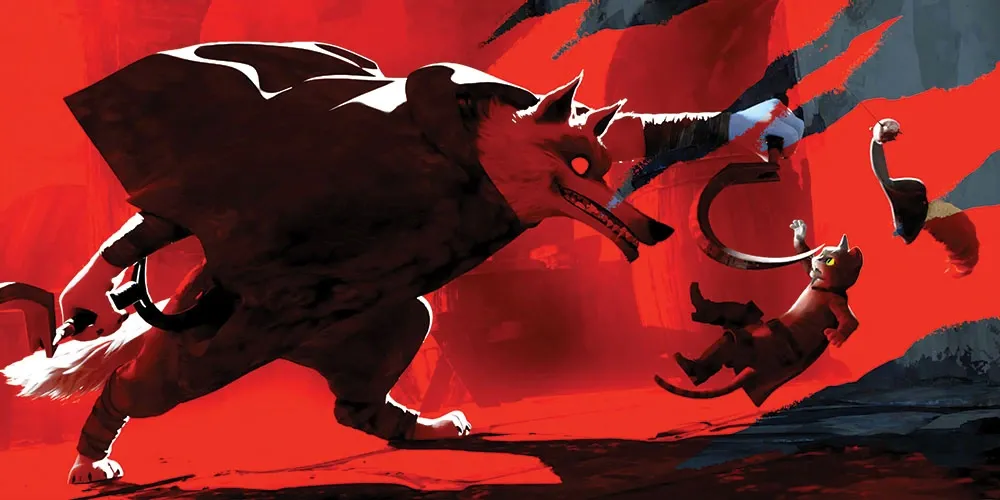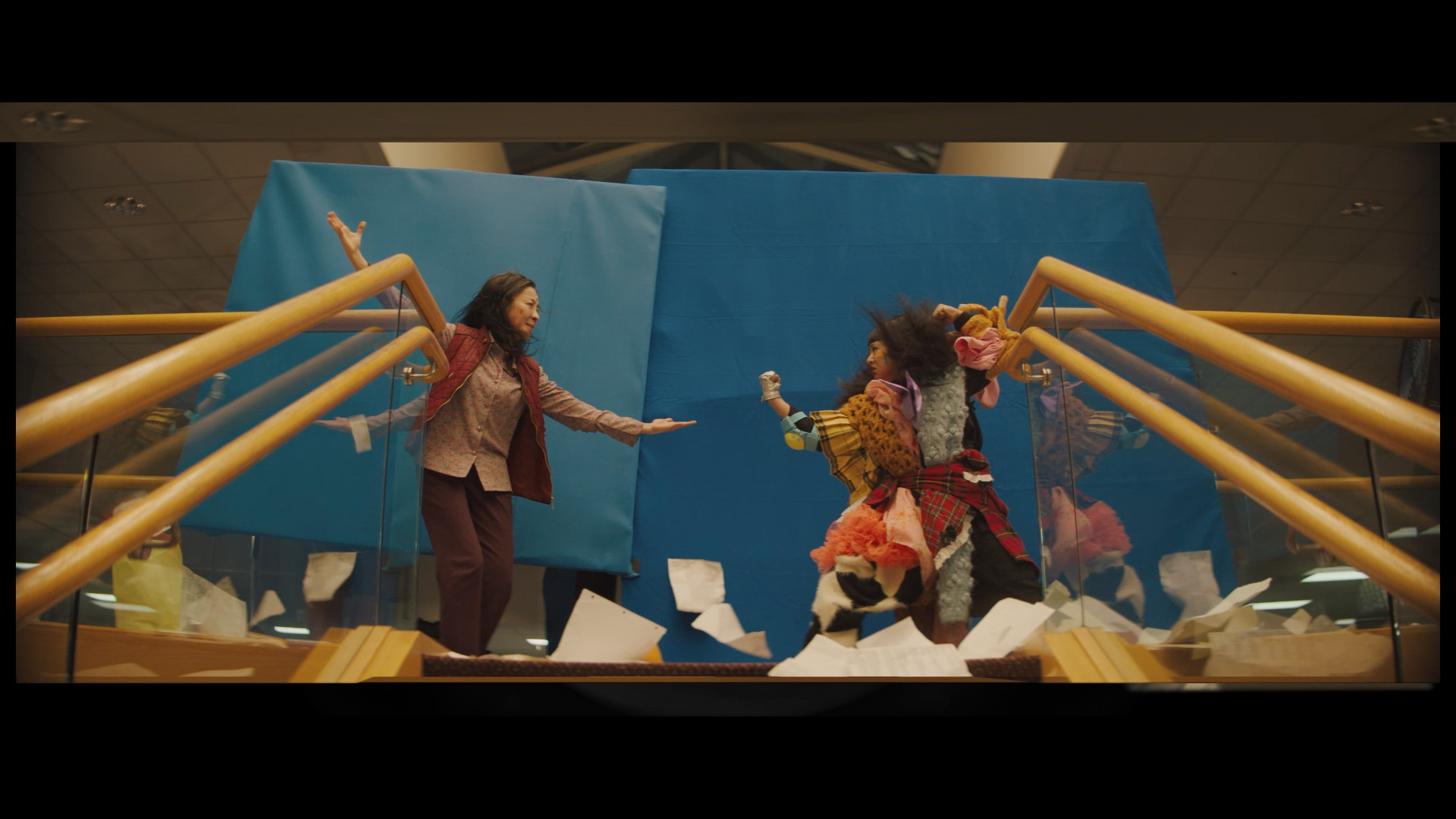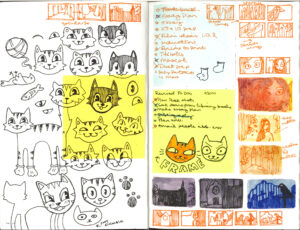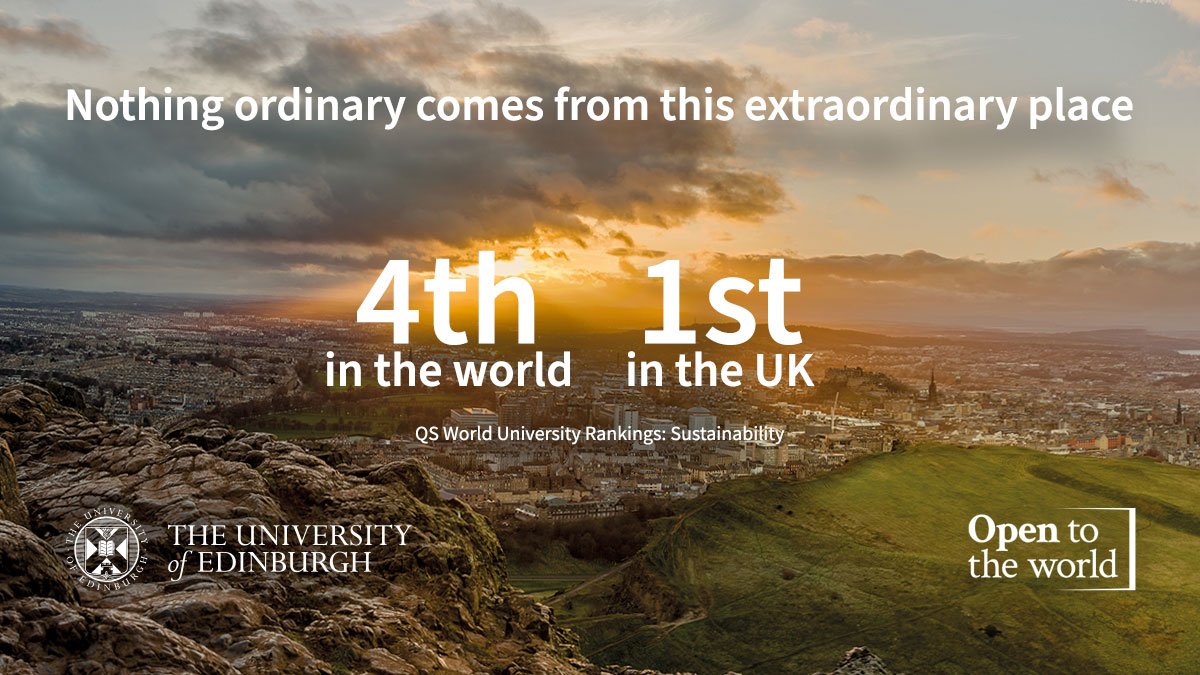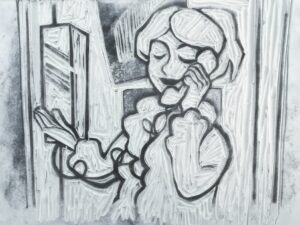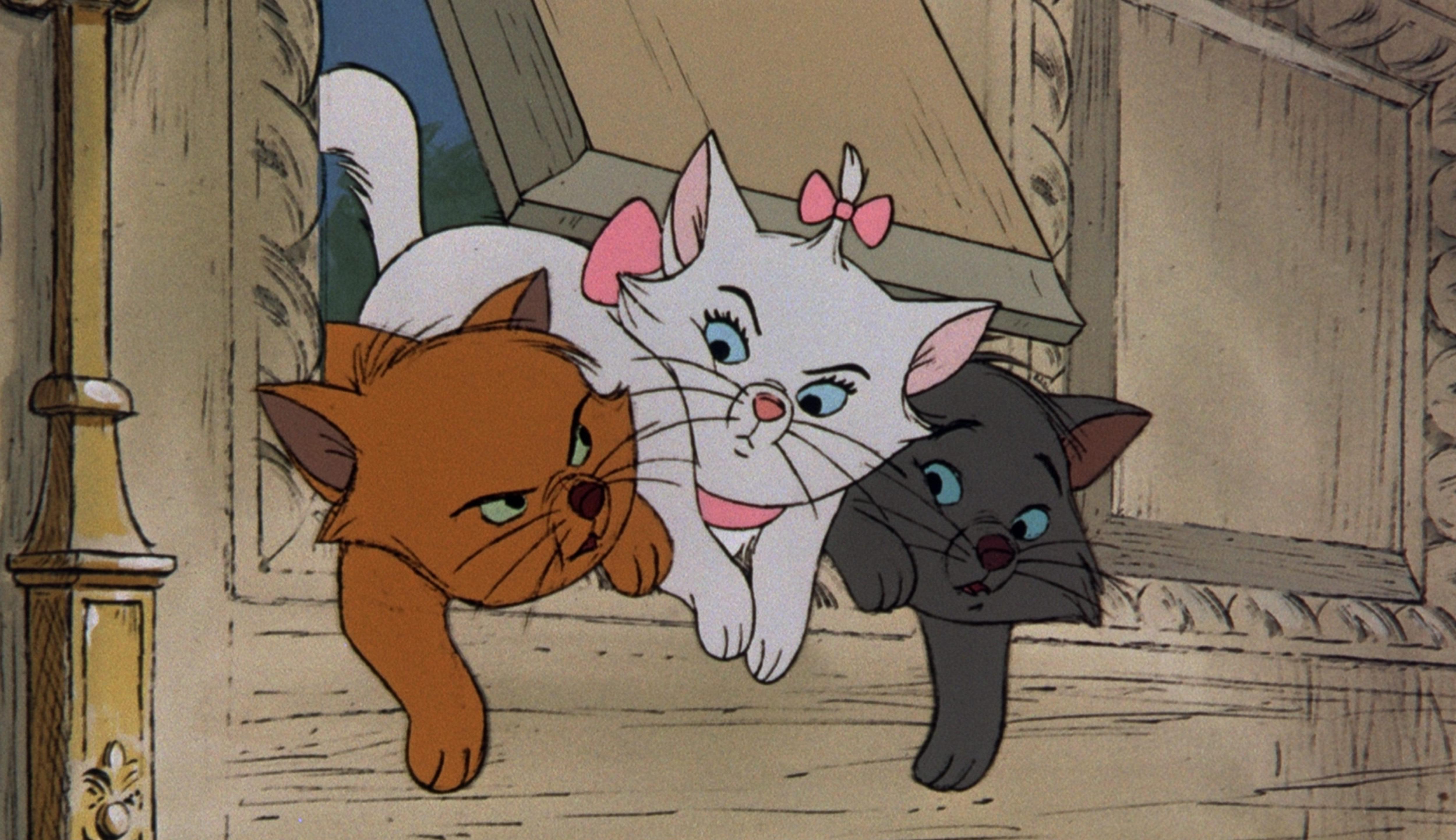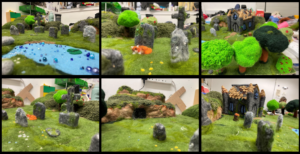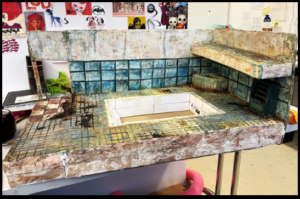I feel I have learnt a lot during the last 11 weeks. I was interested in this course as, despite being passionate about environmentalism, and as mentioned at the start of the 11 weeks, I had never stopped to think about my own artistic practices or the industry I am aiming for in much detail.
My objective for this course was to investigate how each week’s theme connected with animation and its industry, and my own personal approaches to animation.
I learnt a lot about how the industry operates and the main causes of its carbon emissions. I had never imagined that a single film could produce so much CO2, even though I was aware of what goes into a production.
Going forward from here, I am sure I will be more conscious about my choices of materials – I will continue to use as many recycled goods as possible. Although, due to my research of the university’s sustainability efforts, I will continue my work knowing that I shouldn’t worry as much about having to buy new supplies, as the ECA shop has trustworthy eco-friendly practices. I am relieved to know that the University is putting much effort into becoming as sustainable as possible, and proud to be studying at the most environmentally friendly university in the UK.
I found my most interesting read to be “Cradle to Cradle” and found McDonoughs sentiments on “be less bad” (“As long as human beings are regarded as “bad”, zero is a good goal. But to be less bad is to accept things as they are, to believe that poorly designed, dishonorable, destructive systems are the best humans can do. This is the ultimate failure of the “be less bad” approach: a failure of the imagination. From our perspective, this is a depressing vision of our species’ roles in the world. What about an entirely different model? What would it mean to be 100 percent good?”) particularly poignant. Going into this course, I sported the opposite mindset, I was a little pessimistic. I thought that with the state of the planet that “less bad” was the best I could do, but Cradle to Cradle, and this course, has helped me change my mind. Through research of new topics to me, I have found a renewed hope in myself and my future in the film industry.
Bibliography
- Braungart, M. and Mcdonough, W. (2002). Cradle to cradle : remaking the way we make things. London Vintage.
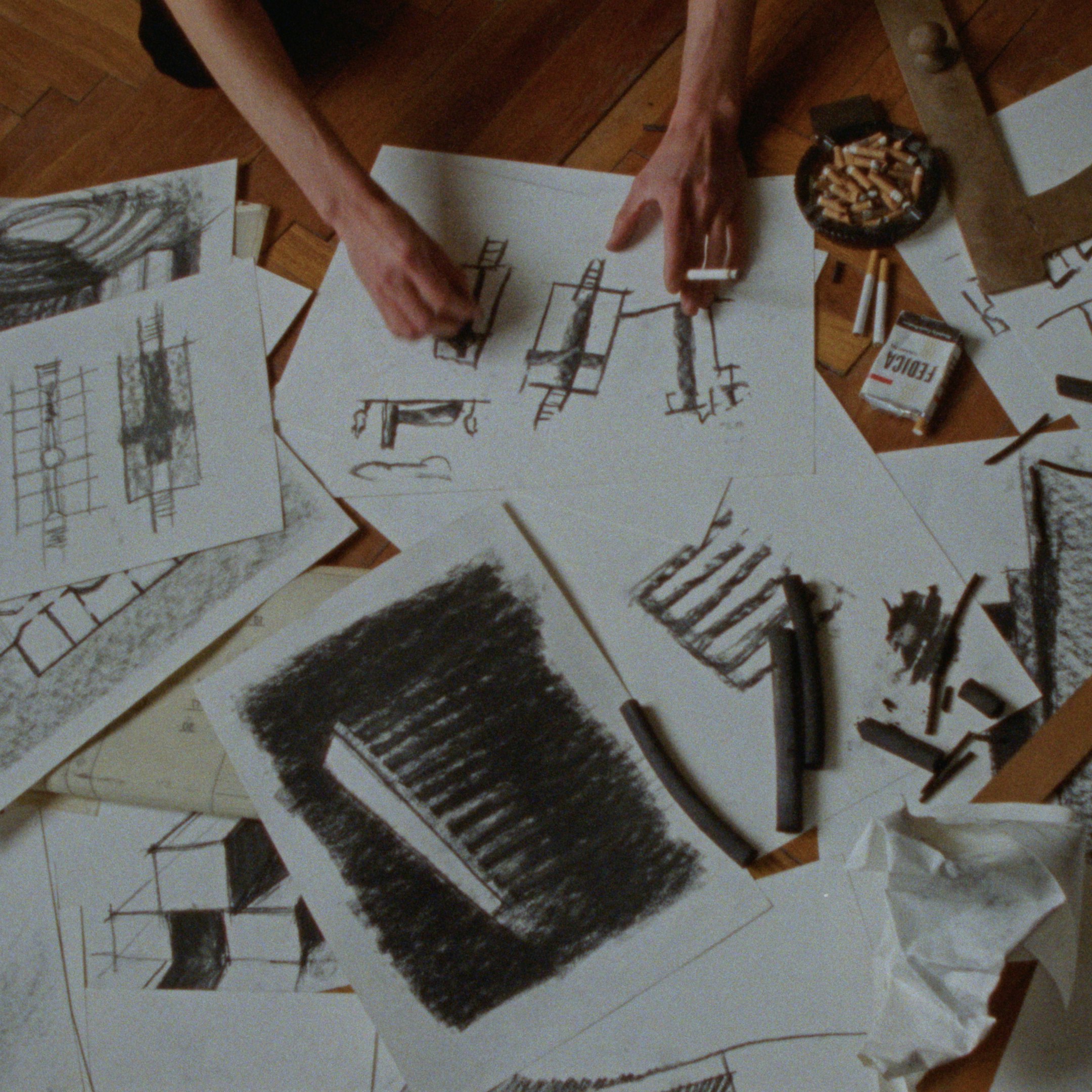
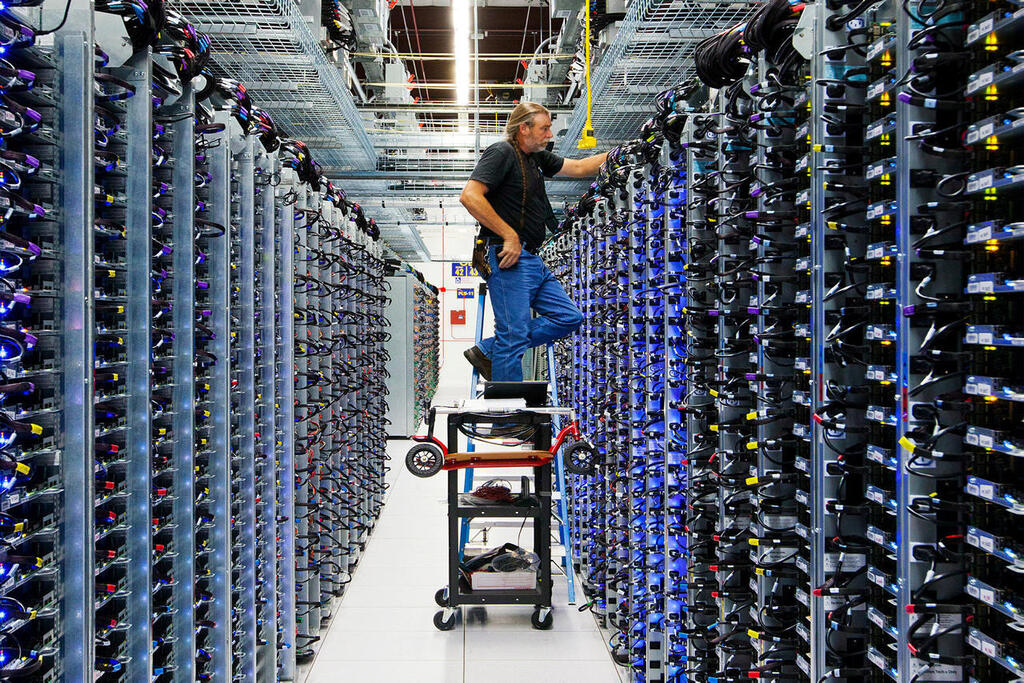


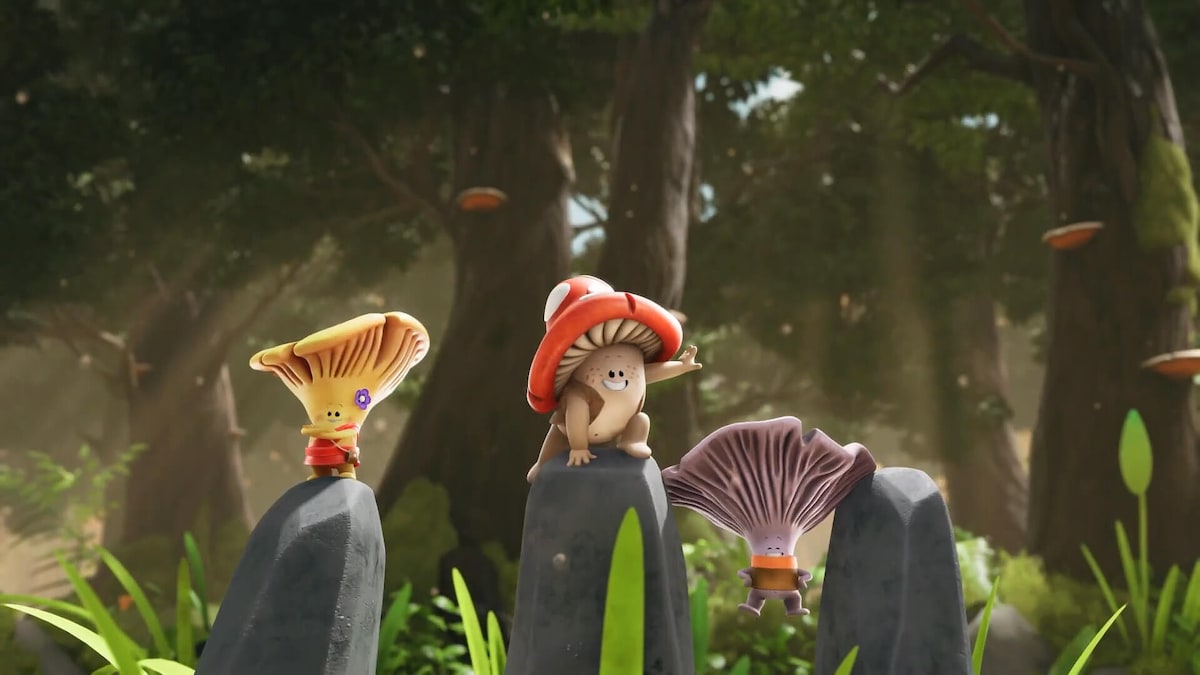


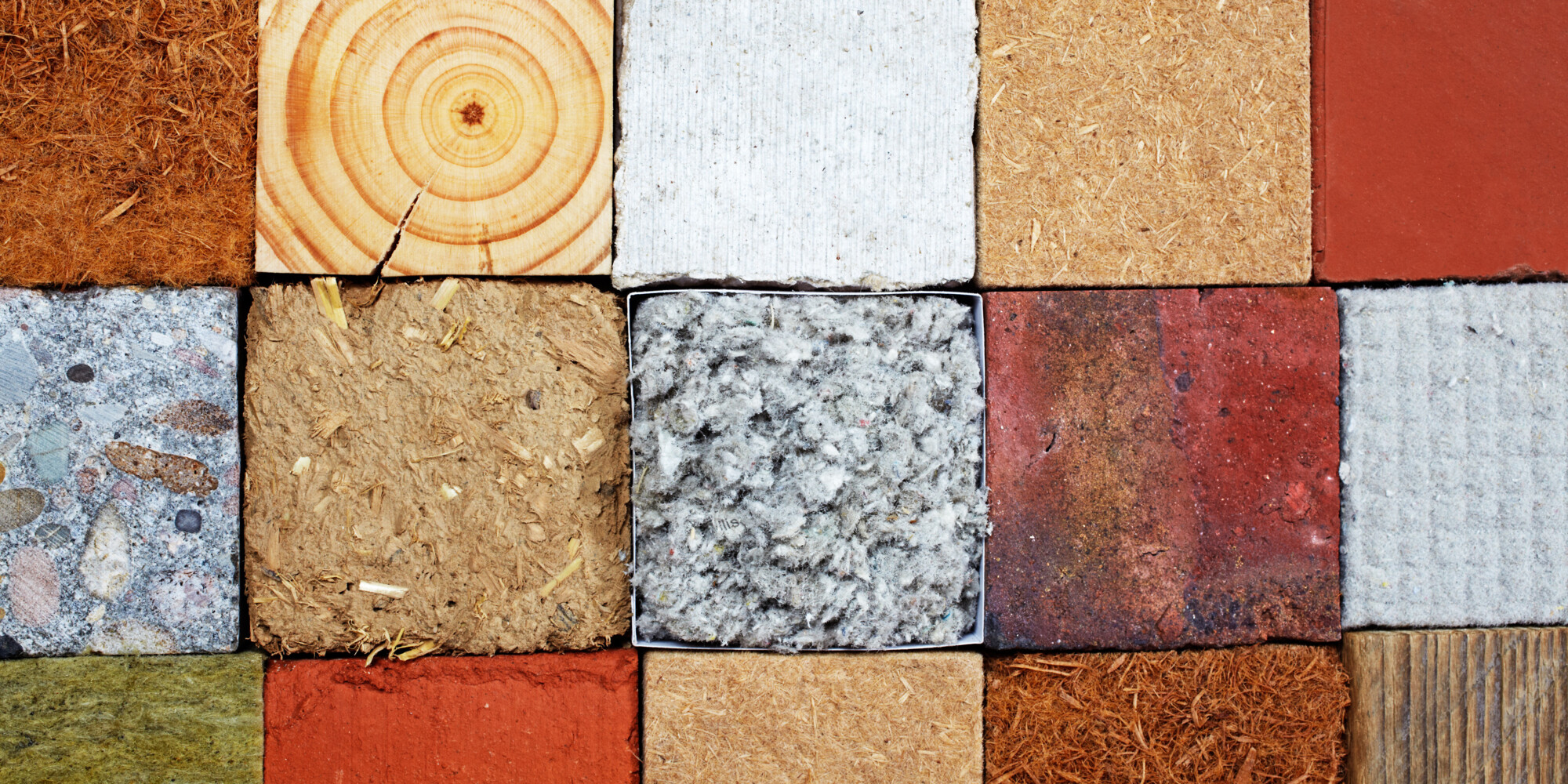
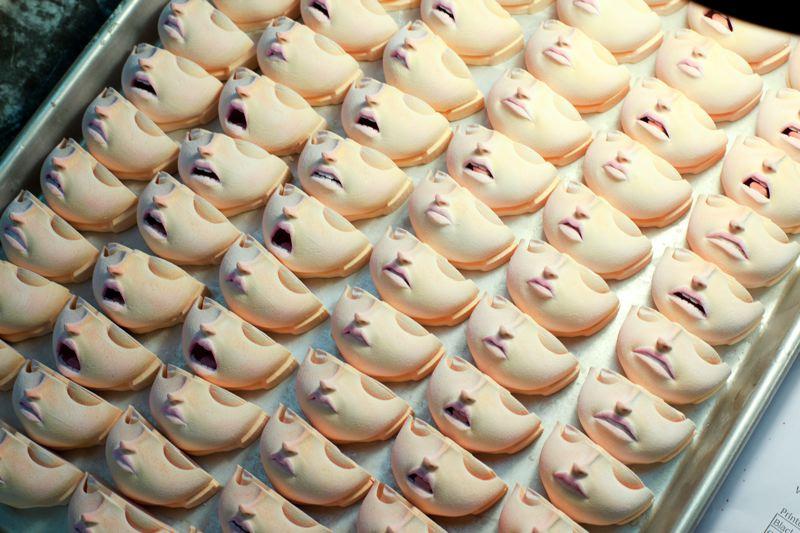

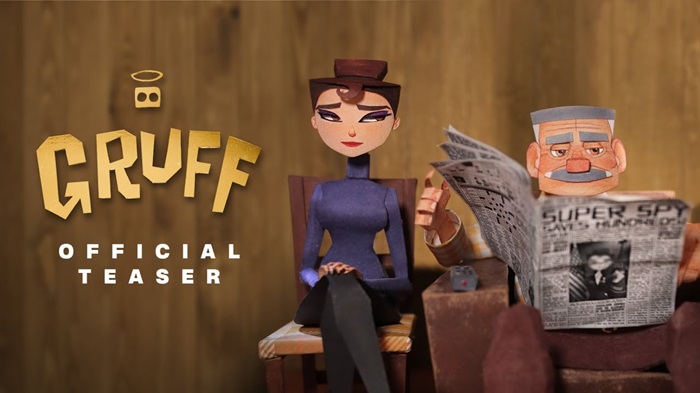
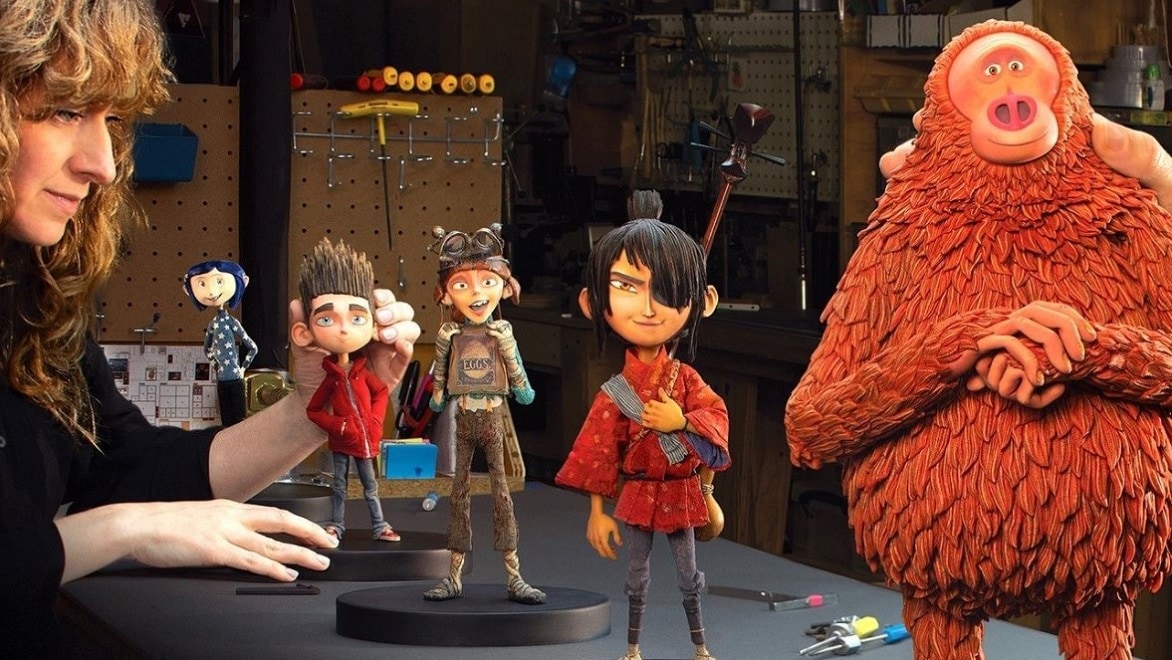

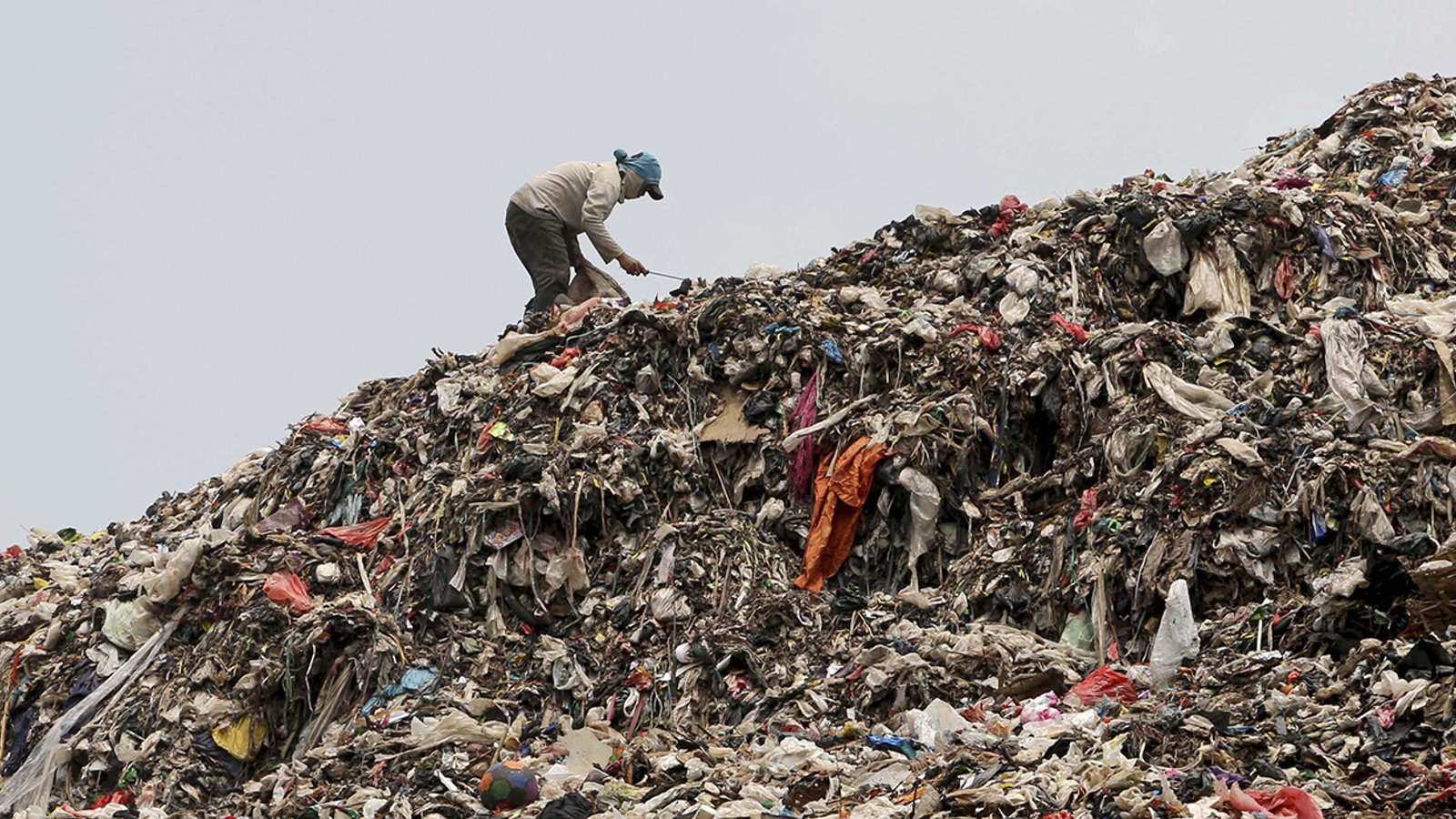

%20(1)%20(1).jpg)
